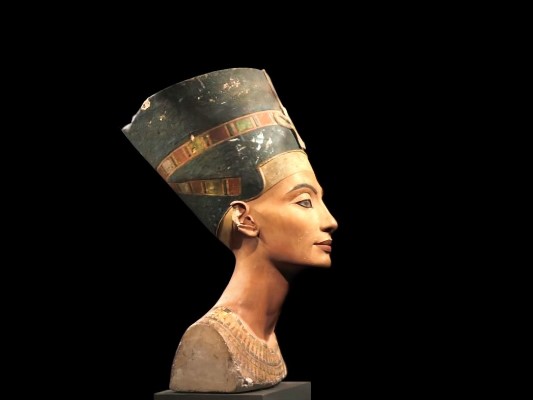
How about that! The New Empire was full of untypical Pharaohs. Overnight, Pharaoh Akhenaton decide to merge all the gods into a single image, that of Aton, the sun.
And to drive the point home, he modified the rules of Egyptian art – no way did he want to look like his predecessors!
The same was true of his wife, Queen Nefertiti.


Akhenaton and Nefertiti created the cult of Aton as the only deity and overturned Egyptian art codes.

Hatchepsout was a woman Pharaoh who lived two thousand years before our time.
Nothing could be easier than recognizing the Pharaoh on the works of art! He often wore the same accessories:

The Pharaohs’ accessories – sceptres and false beard or nemes – have become iconic.
The next kingdom was a period of great prosperity. The Pharaohs had conquered extremely rich territories and wanted to show it!
For example, in Karnak, temples were built and decorated in honour of Amon, the god responsible for the great military victories.


Sometimes history is “slightly” rewritten. This is the case in this portrayal of Ramses ll on the Temple of Abu Simbel. We see him during the battle of Kadesh crushing his enemies with great ease. It is said that, in reality, it was not far from a catastrophe…


The Pharaohs liked to portray their military victories, sometimes enhancing them.
…protecting the kingdom, conquering new territories and building fortresses.
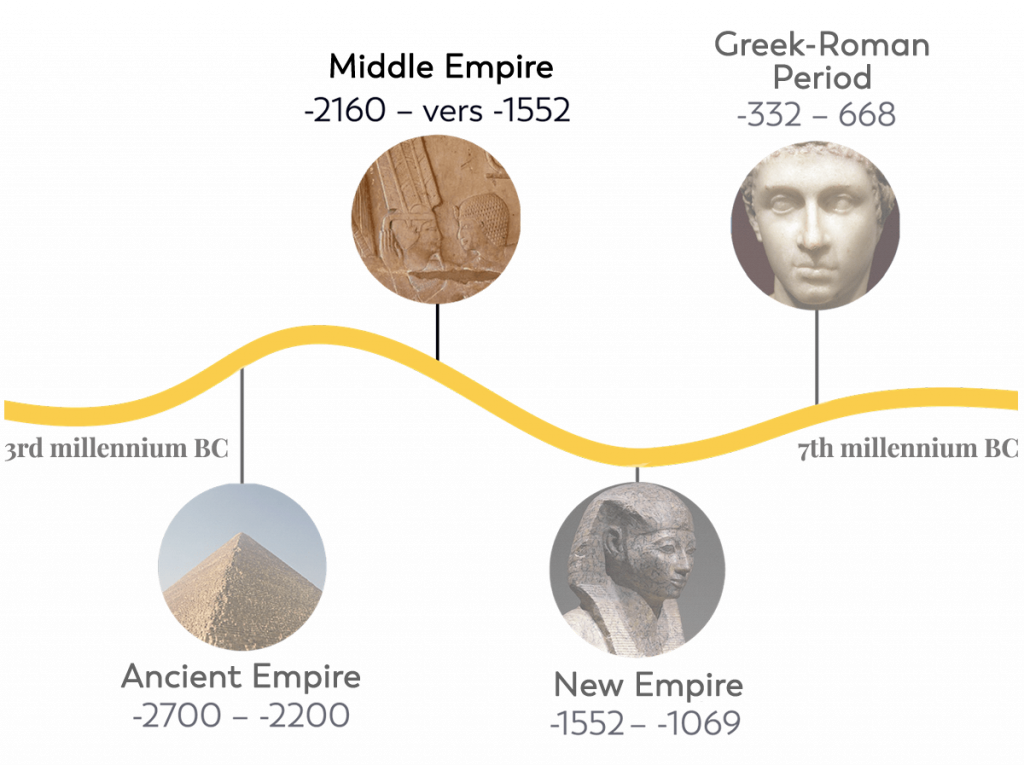
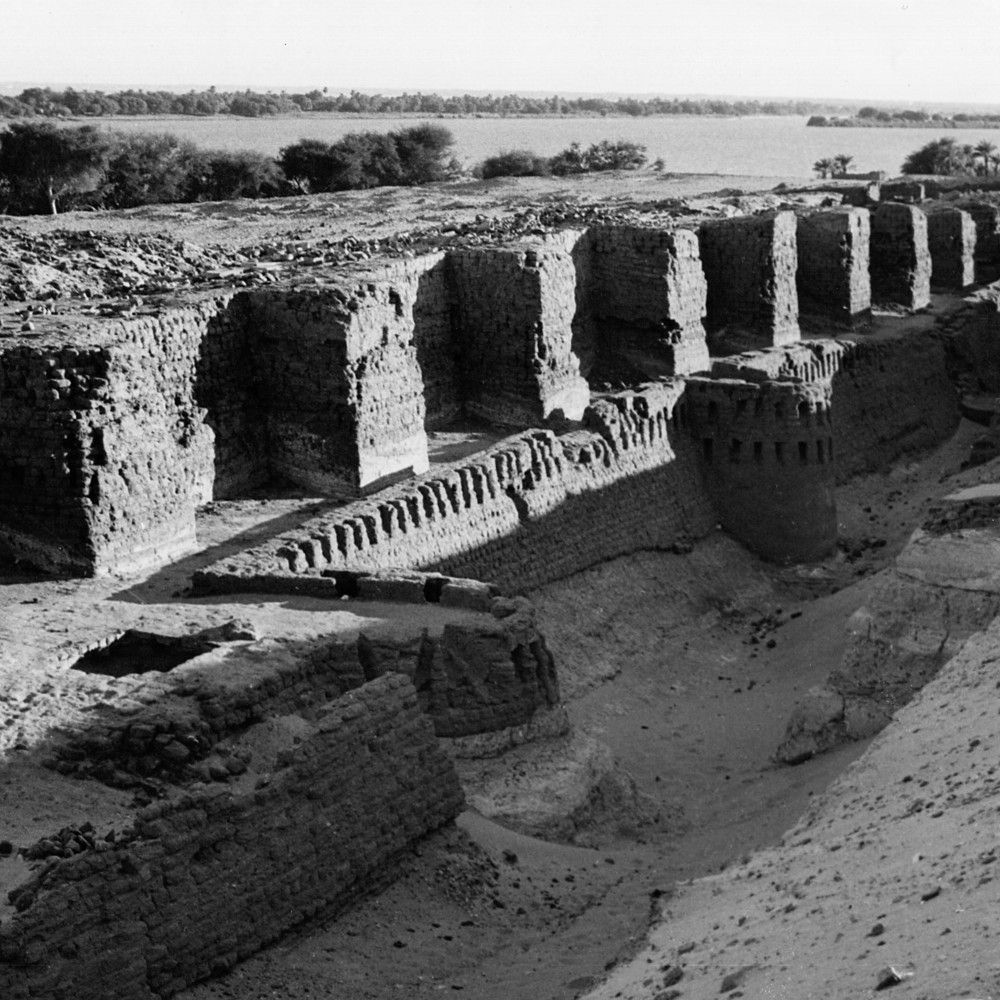
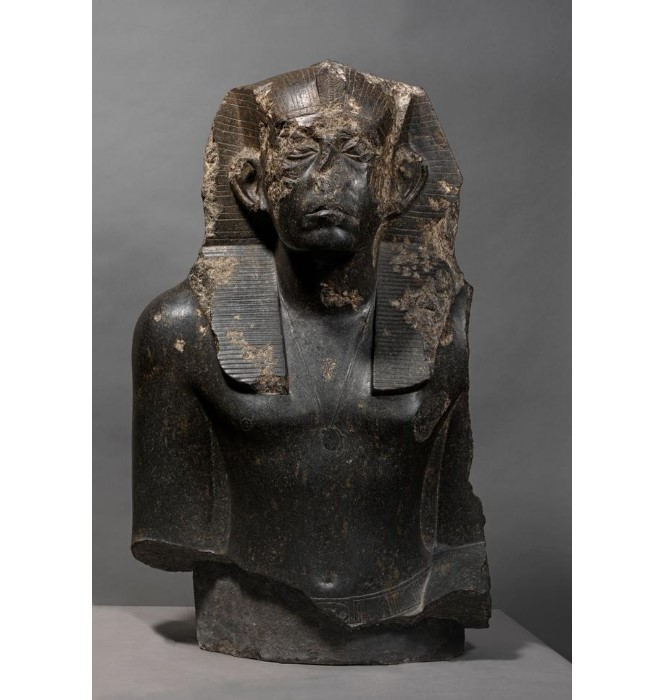
To make sure everyone knew who the boss was, the Pharaohs had a lot of portraits of themselves painted. Paintings of Pharaoh Sesostris lll portrayed him as old and tired. Why did he have shadows under his eyes and wrinkles? This was the first time it had happened to an Egyptian Pharaoh, usually portrayed as perfect.
The Pharaoh, however, wanted to be seen as more human and closer to his people in those difficult times. We should note that he was still the strongest because his body looked like that of a young, fit athlete!

Portraits of the Pharaohs of the Middle Kingdom showed their power and beauty (even to the point of exaggeration).
Why do we know so much about Egyptian civilisation? It’s all thanks to Jean-François Champollion (1790-1832).
Hieroglyphics is the name given to an extremely famous system of writing invented in Egypt during the fourth century BC.
The scribes, who could read and write; used simplified versions of the hieroglyphics, such as hieratics or demotics, for everyday administrative paperwork.
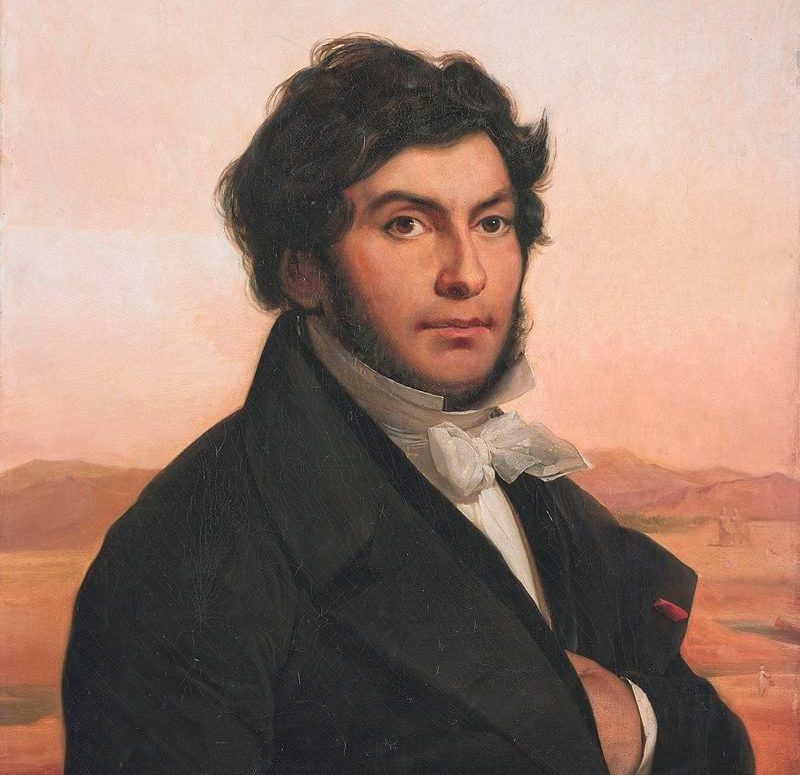
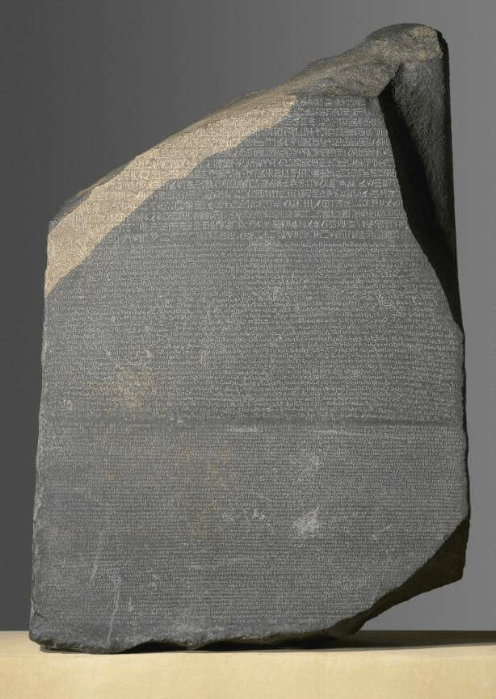
Champollion deciphered hieroglyphics using the Rosetta Stone.
There is writing on this stone in both hieroglyphics, demotics and ancient Greek, a language that he was totally fluent in!

Champollion managed to decipher hieroglyphics using the Rosetta Stone and the writing in three languages on it.
Like the Mesopotamians, the Egyptians believed in several gods.

Amon, Osiris, Isis and Anubis were the main gods revered by ancient Egyptians.

The Egyptians used aspective to show several viewing points of an object drawn on a two-dimensional surface.
What happens when we die? Ancient Egyptians believed that they went to the afterlife. To get there, there were all sorts of guidebooks containing magical formulas.
They were written on the walls of the tombs, because people believed that everything represented there would be recreated in the next life. Art was magical in Egypt! Sometimes they included drawings of food in case the dead person felt peckish on the way.
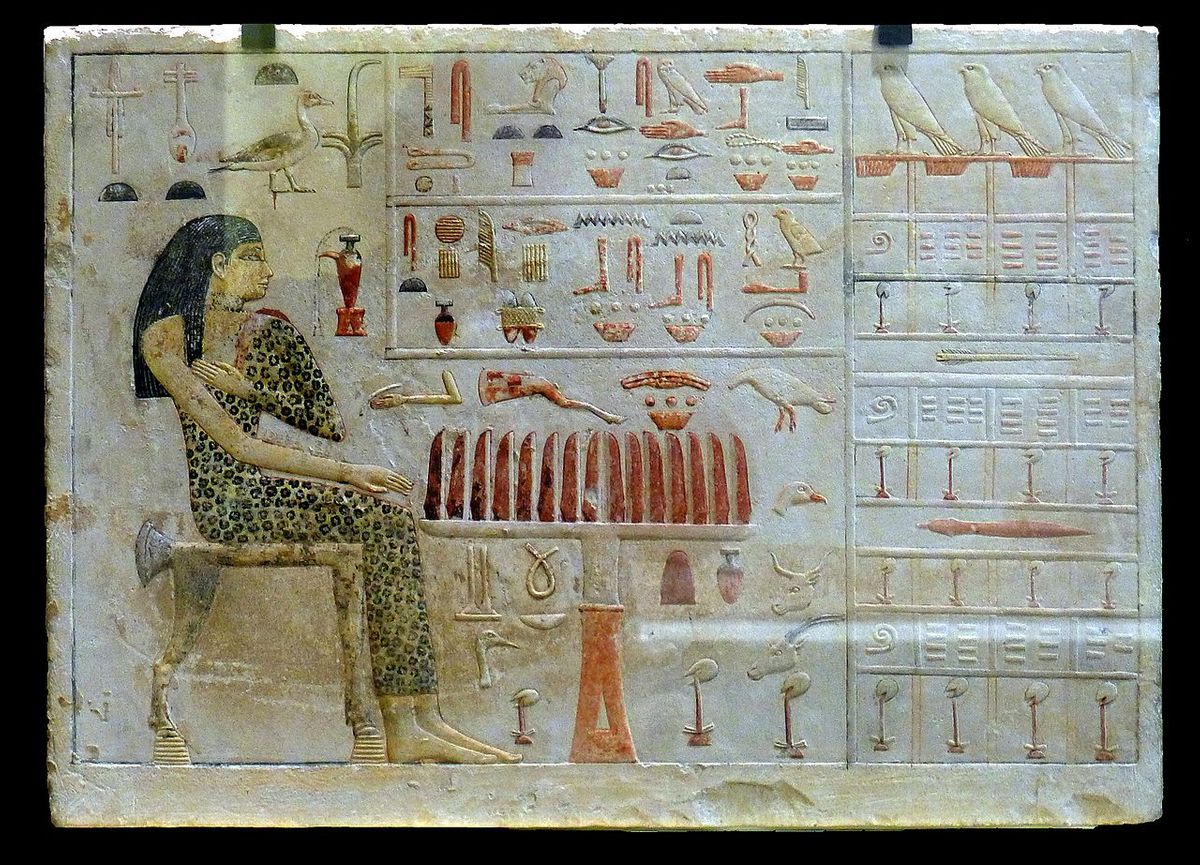

In the tombs of Ancient Egypt, people drew pictures of what they wanted the deceased to take with them after death, such as food.

"*" indicates required fields